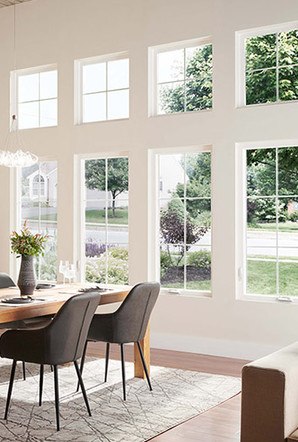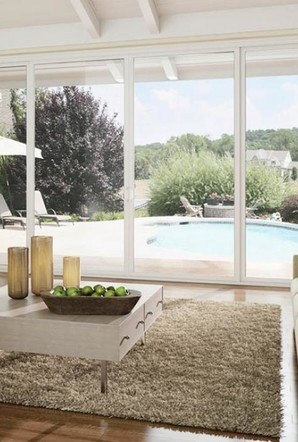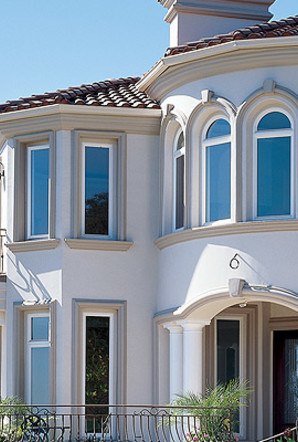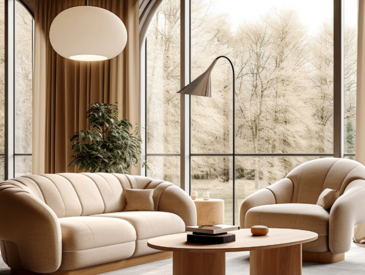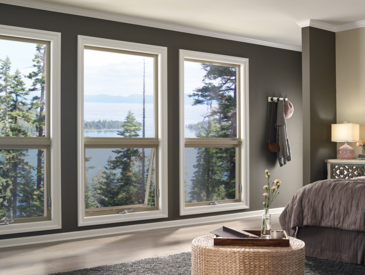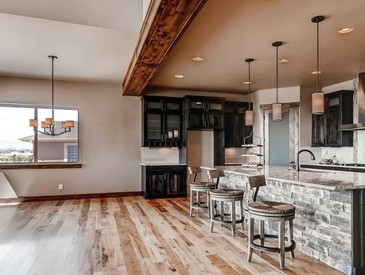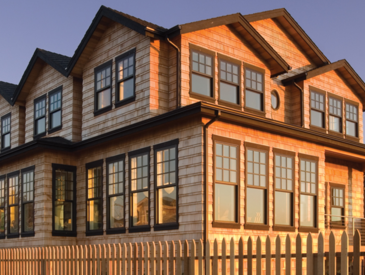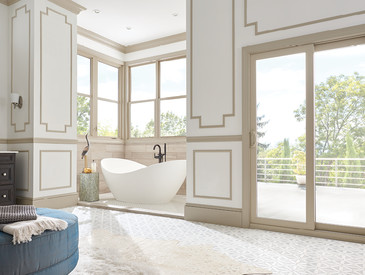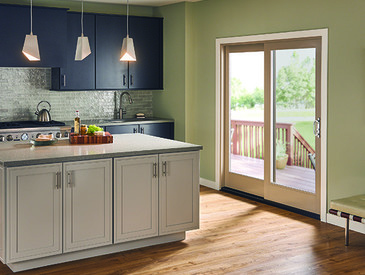If you own a historic home, you've likely wondered about the best way to handle aging windows. While historic windows add charm and character, they often bring challenges with comfort and energy costs, and many homeowners struggle to balance preservation with practical needs. We’ll show you some options that can maintain your home's historic appeal while improving your lives.
What Is a Historic Home?
More than just an old house, a historic home holds special importance to its community through its connection to notable people, events, or architectural styles. Most historic designations require homes to be at least 50 years old, though specific rules vary by location. From the National Register of Historic Places to local historic districts, different organizations help protect these properties. Before starting any historic window replacement project, you'll need to check which preservation guidelines apply to your home.
Types of Historic Windows
Windows for historic homes tell a unique story about when and why it was built. As architectural styles changed over time, window designs evolved to match new tastes and building methods. Understanding your home's architectural style will help guide your window decisions.
Gothic Windows
Rising from medieval church designs, Gothic windows of the 1700s and 1800s feature distinctive pointed-arches that stretch toward the sky. Beyond their dramatic height, these windows often incorporate diamond grids and stained glass for visual interest. Both casement and double-hung windows appear in Gothic homes, and you'll frequently spot them grouped in twos or threes, sometimes crowned with circular rose windows.
Tudor Windows
During America's medieval revival period of 1890-1940, Tudor homes brought old English charm to local neighborhoods. Matching their steep roofs and decorative half-timbering, Tudor windows typically cluster in groups with diamond-patterned grids. Most rely on outward-swinging casement windows, while decorative bay and oriel windows add depth to upper floors. Metal frames and leaded glass complete these old-style windows.
Victorian Windows
Throughout Queen Victoria's reign from 1860 to 1900, Victorian homes brightened American streetscapes with their detailed woodwork and varied historic windows. Double-hung windows dominate these designs, offering flexibility to open from top or bottom. While some windows stretch floor-to-ceiling, others curve outward in bay formations. Colored glass and intricate trim patterns enhance their romantic appeal.
Art Deco Windows
Breaking from traditional styles, Art Deco homes of the 1920s and 1930s embraced clean lines and modern materials. Their windows follow suit with simple shapes and minimal ornamentation. Historic aluminum windows perfectly suit these modern designs, especially in corner installations or horizontal bands. Some Art Deco homes use obscure glass for a balance of light and privacy.
Replacing vs. Restoring Historic Windows: Consider Your Options
Before diving into your project, take time to understand your home's historic status and any rules affecting changes you want to make. Replacing windows in an old house isn’t the same as a project in a historically designated home. Let's weigh the benefits and drawbacks of historic replacement windows versus restoration.
Pros and Cons of Replacing Historic Windows
New windows can bring modern benefits like improved energy efficiency and security to historic homes. With better sealing and advanced glass options, they can reduce utility bills while blocking UV rays and outside noise. Many now tilt in for easy cleaning while matching period-appropriate styles.
However, replacement windows for historic homes may require significant upfront investment and may not perfectly match original details. Some historic districts restrict or prohibit window replacement entirely. Even when allowed, modern materials could potentially affect home value if style matching falls short.
Pros and Cons of Restoring Historic Windows
Custom historic windows are often made with superior craftsmanship from an era of detailed, intricate, and customized building methods. By restoring rather than replacing, you'll maintain authentic character while potentially spending less than full replacement costs.
Yet historic window restoration comes with its own challenges, often requiring specialized skills and more hands-on maintenance. Even after repairs, historic windows may still let in drafts and raise energy costs. When dealing with older materials, you might also face complications like lead paint removal during the restoration process.
Tips for Successful Historic Window Replacement
When updating your historic windows, careful planning helps preserve character while improving performance. Here are key project planning steps to guide you:
- Start by researching preservation guidelines that affect your home. Many historic districts require approval before any window changes begin, so take the time to understand permit requirements early in your planning.
- Select a contractor with proven experience in historic windows, asking to see examples of similar projects they've completed in your area. Their portfolio should demonstrate careful attention to historic detail.
- Document your existing windows thoroughly with measurements and photos. Use these as a guide for matching new window styles and grid patterns so you get authentic replacements.
- Look for energy-efficient windows that maintain a historic appearance with careful material and design choices. Modern manufacturing can often replicate period details while improving performance.
- Keep evidence of your previous windows, as future owners or historic boards may request proof of your home’s original condition. Photos and physical examples provide valuable historical records.
Replacing Historic Windows? Call in a Professional
The complexity of historic windows demands expertise that goes beyond standard installation skills. An experienced professional can help you find replacement windows for old homes that match its architectural style and achieve the performance you need. Contact a MILGARD Certified Dealer to explore options that respect your home's heritage while meeting modern standards.













